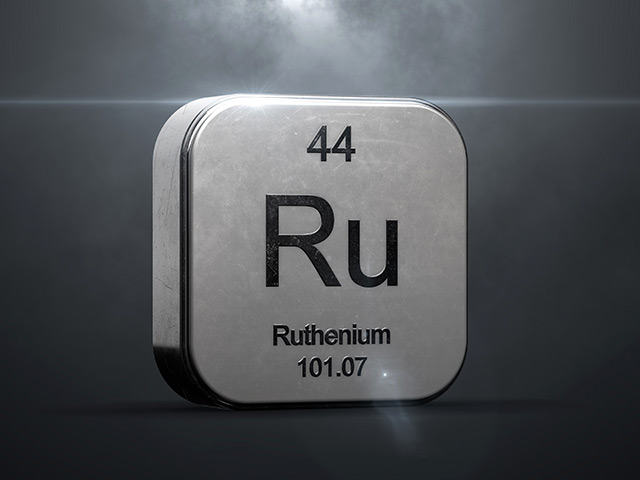
Advertisement
The exclusive club of single elements that display ferromagnetism at room temperatures now has a new member. Minnesota-based researchers reported that ruthenium can have magnetic properties in ambient temperature, an article in Science Daily states.
Ferromagnetism is a form of magnetism wherein the material creates permanent magnets or are drawn towards magnets. Until recently, only three single elements on the periodic table showed ferromagnetism at room temperature: iron, cobalt, and nickel.
In ancient times, magnetic iron served as lodestones for travelers over land and sea. Today, magnetic materials are used by hard disk media, electric motors, and generators, to name a few.
Spin electronic memories – which include magnetic random access memory (MRAM) – are the latest devices that rely on ferromagnetic properties. They take advantage of better thin film growth and improving control over the shape of crystal lattices to create crystals that are not found in nature. (Related: Do you have “Intel inside” your computer? If so, you could be at risk: Major flaw in Intel processors makes them vulnerable to hackers.)
Ruthenium becomes fourth ferromagnetic single element at room temperature
Researchers from the University of Minnesota (UM) used ultra-thin films to apply a ferromagnetic phase onto ruthenium, successfully turning it into the fourth ferromagnetic material that is a single element. They published their findings in the science journal Nature Communications.
UM professor Jian-Ping Wang served as the team’s adviser and the corresponding author for the paper. He said the project took two years to develop the right way of growing the thin film and proving their approach.

Their successful results could inspire other researchers to revisit many elements and see if their magnetic properties can be altered in much the same way they did to ruthenium.
Co-author Paul Voyles of the University of Wisconsin-Madison (UW Madison) added that modern information technology relies on the ability to control and change the form of matter at the atomic level. The collaboration with the UM research group showed that even a bare-bones system with just a single element can reveal unexpected properties.
Industry partners like Intel and the Defense Advanced Research Projects Agency (DARPA) expressed their pleasure with the results of the UM-UW Madison experiment. Intel representative Ian A. Young believed new energy-efficient logic and memory devices can be developed from materials that have been changed on a quantum level.
Todd Younkin of the Semiconductor Research Corporation (SRC), agreed with the expected impact on the semiconductor industry. Given the skyrocketing value of spintronic devices, a fundamental leap in the current understanding of magnetic materials will lead to further improvements in the efficiency and performance of computers.
Ferromagnetic ruthenium opens new doors for semiconductors and computers
Most data storage devices still use the magnetic recording method. However, MRAM and related magnetic-based computing are starting to replace it.
The expanded capability comes with a price. Spintronic devices put much more stress on the magnetic materials that store and process the data.
Newer magnetic materials are required to bring out the best performance. Researchers have experimented with inducing ferromagnetism in non-ferromagnetic materials like osmium, palladium, and ruthenium.
Ruthenium features a hexagonal crystal lattice. The UM researchers predicted that using seed layer engineering on thin film growth of ruthenium would cause the element’s hexagonal lattice to shift into a tetragonal structure.
According to the UM team, ruthenium resists oxidation, a rather useful trait given how iron-based materials rust. Furthermore, they have calculated that ferromagnetic ruthenium will have high thermal stability, a property required by scaling magnetic memories technology.
The UM researchers are currently testing the thermal stability of ferromagnetic ruthenium to verify their prediction.
You can find the latest news on spintronic computing devices at Computing.news.
Sources include:
Submit a correction >>
This article may contain statements that reflect the opinion of the author
Advertisement
Advertisements















